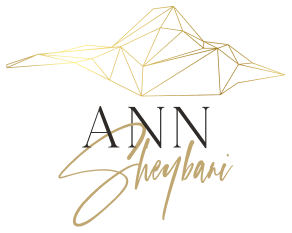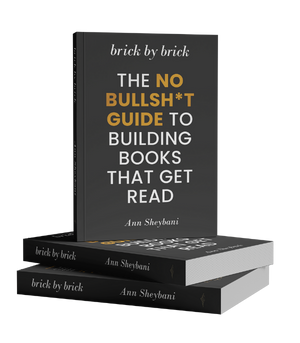Let’s pretend you’re ready to start writing your book. That you’re a real eager beaver. Now, word of advice: Before you stare at a blank document for the next three months wondering why writing feels impossible, let’s talk about the content goldmine you’re probably sitting on and completely ignoring.
I’m talking about the digital treasure trove gathering dust in your computer, your email archives, and yes, even your social media feeds. While you’re over here acting like you have nothing to say, successful authors are systematically mining their existing content and turning it into bestsellers.
The Tim Ferriss Master Class
Want to see content repurposing done right? Look at what Tim Ferriss pulled off with Tools of Titans. After conducting nearly 200 podcast interviews, he had thousands of pages of transcripts. The amateur move would have been slapping those transcripts together with an intro and calling it a book. What a disorganized disaster that would have been.
Instead, Ferriss did the hard work that separates professionals from wannabes. He sifted through all that material, organized it into three sections (Healthy, Wealthy, Wise), pulled out the most compelling questions and responses, and identified the patterns that emerged across hundreds of conversations. The result? A 673-page bestseller that feels cohesive despite being compiled from separate interviews.
That synthesis work—that’s what separates real authors from people who think publishing means dumping content into a document.
Your Hidden Content Goldmine
Now, before you start feeling intimidated, let me bring this down to earth. You might not have 200 podcast interviews, but I guarantee you’re sitting on your own treasure trove. You’ve been creating material for years—you just don’t recognize it as book content.
Your digital footprint is content. That presentation you gave at the industry conference? Material. The training you developed for your team? Content. Those detailed email responses to client questions? Pure book material, gathering digital dust while you whine about having nothing to write about.
Social media is a content mother lode. LinkedIn has become the new blogging platform for professionals. Those thought leadership posts that garnered hundreds of comments? The case studies that sparked debates? All perfect jumping-off points for book chapters. Hell, Sh*t My Dad Says started as Twitter posts and became a bestselling book.
Your client work tells the real stories. Every success story, every problem you’ve solved, every transformation you’ve facilitated—these become the proof points that turn theoretical advice into credible guidance. Yet most professionals act like their client work is off-limits. Ridiculous.
The Smart Way to Mine Your Content
Here’s how to systematically excavate your content without losing your mind:
Start with your greatest hits. Which posts received the most engagement? Which presentations got the best feedback? Popularity is often a reliable indicator of book-worthy content, but most people ignore this obvious signal.
Look for recurring themes. If you keep returning to the same concepts in different formats, that’s your brain telling you these ideas matter. Those themes often become your main chapters.
Search your email for repeated questions. If clients keep asking about the same issues, your book should definitely address them. This is market research handed to you on a silver platter.
Don’t Just Copy and Paste Like a Lazy Content Farmer
Here’s what you need to understand: repurposing doesn’t mean copying and pasting. A LinkedIn post might spark a chapter idea, but it won’t become a chapter without significant development. Think of your existing content as clay, not a finished sculpture.
Most people skip this crucial step because it requires actual work. The magic happens in the synthesis—distilling, organizing, and finding the patterns that create a cohesive message.
Your Content Archaeology Checklist
Professional materials: presentations, training manuals, client documents, white papers, conference handouts.
Digital content: blog posts, LinkedIn articles, podcast transcripts, video content, online courses, email newsletters.
Communication archives: frequently asked questions, detailed email responses, engaging social media posts, interview responses.
Stop Making This Harder Than It Needs to Be
This scavenger hunt might take several focused sessions, but it’s time well spent compared to staring at blank pages for months. You’re doing market research on yourself—identifying what works, what resonates, what falls flat.
Most authors who skip this step wonder why writing feels impossible. You’ll be starting with tested material and proven ideas—a massive advantage that most writers would kill for.
Don’t try to use everything just because you found it. Be selective and ruthless. Choose content that best serves your book’s purpose and your readers’ needs. Better to have too much good material than too little.
This systematic approach to content mining is just one of the strategies I cover in my upcoming book Brick by Brick. If you found this useful for getting unstuck on your writing project, you’ll find the rest of the book invaluable for building a book that actually matters.


